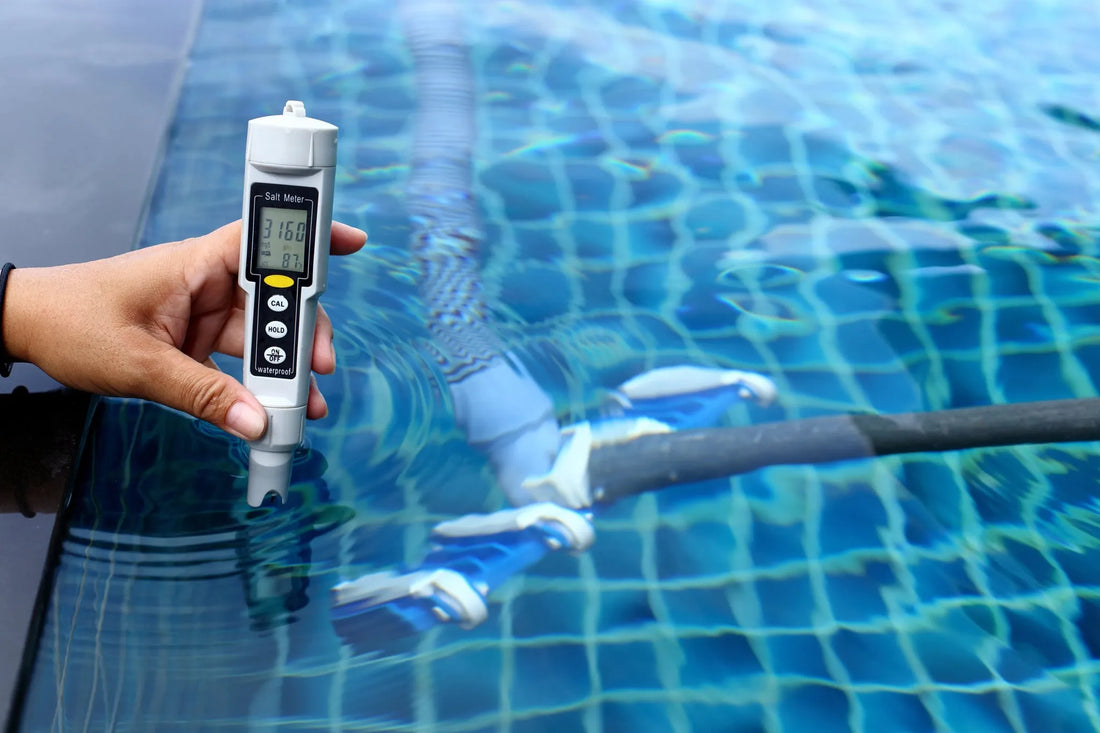Experiencing “Low Salt” Errors on your chlorinator?
The Low Salt warning typically indicates low conductivity. When you receive this message, it is important to check the salt level in your pool and add salt if deemed necessary. Even after doing so, you may still receive a low salt message, which does not necessarily mean that more salt should be added.
For instance, low conductivity may be due to the wearing down of the salt cell plates. Therefore, it is important to inspect the plates on your cell. They should all be the same length and straight. If not, your cell will likely reach the typical number of hours of service and may need to be replaced.
The "low salt" error on your chlorinator during winter can happen for a few reasons:
Lower Water Temperature: Cold water can affect salt dissolution and sensor performance, leading to inaccurate readings.
In cold water, the efficiency of salt in the chlorinator can diminish, causing it to register a low salt level. This can happen because:
Reduced Salt Dissolution: Salt dissolves less effectively in cold water, affecting the concentration.
Sensor Sensitivity: The chlorinator’s sensor may be less responsive at lower temperatures, leading to inaccurate readings.
Increased Viscosity: Cold water is thicker, which might affect circulation and the distribution of salt.
Salt Levels: Salt can settle or become less effective over time. Check and maintain the proper salt level in your pool.
Evaporation and Dilution: If there's been significant rain or water loss (e.g., evaporation), the salt concentration can drop, triggering the error.
Sensor Issues: The chlorinator’s sensor may need cleaning or could be malfunctioning, leading to false readings.
Pool Usage: Reduced pool usage in winter might mean less water circulation, affecting salt distribution.
Make sure to regularly check and maintain salt levels and clean the chlorinator’s cell if needed. If the problem persists, consult your chlorinator’s manual or a professional.
If issues persist, consult the manufacturer’s guidelines or a professional.



1 comment
Thankyou for the good info on pool water temp verses chlorinator performance